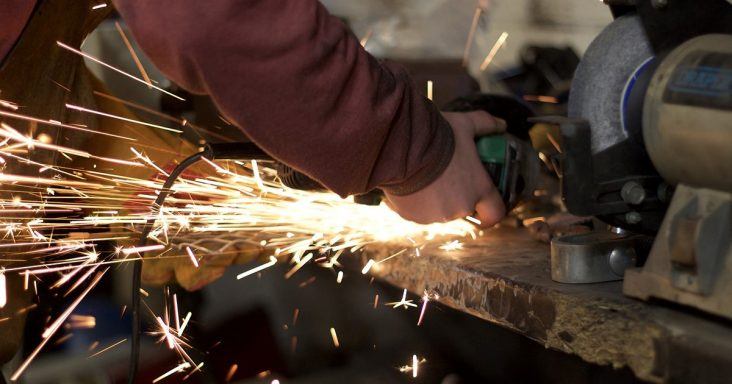Manufacturing sector expanded more quickly in November
by December 1, 2021 1:17 pm 372 views

Economic activity in the manufacturing sector increased at a faster rate in November, from October, as pandemic-related issues continued to limit production growth, according to the Institute for Supply Management (ISM).
The ISM released Wednesday (Dec. 1) the Manufacturing ISM Report on Business that shows the Purchasing Managers’ Index (PMI) rose 0.3 percentage points to 61.1% in November, from October. A PMI above 50% indicates the manufacturing sector is expanding.
The report also shows that new orders, production and employment are growing. Supplier deliveries are slowing at a slower rate, while the backlog of orders and manufacturing inventories are increasing. Customers’ inventories are too low, and prices continue to rise. Exports and imports are increasing.
“The U.S. manufacturing sector remains in a demand-driven, supply chain-constrained environment, with some indications of slight labor and supplier delivery improvement,” said Timothy Fiore, chair of the ISM Manufacturing Business Survey Committee. “All segments of the manufacturing economy are impacted by record-long raw materials and capital equipment lead times, continued shortages of critical lowest-tier materials, high commodity prices and difficulties in transporting products. Coronavirus pandemic-related global issues – worker absenteeism, short-term shutdowns due to parts shortages, difficulties in filling open positions and overseas supply chain problems – continue to limit manufacturing growth potential.”
Fiore noted that panel sentiment continues to be strongly optimistic, with 10 positive growth comments for every cautious one. Panelists are focused on the importance of improving supply chain issues to meet existing demand.

“Manufacturing performed well for the 18th straight month, with demand and consumption registering month-over-month growth, in spite of continuing obstacles,” Fiore said. “Meeting demand remains a challenge, due to hiring difficulties and a clear cycle of labor turnover at all tiers. Panelists’ comments suggest month-over-month improvement on hiring, offset by backfilling required to address employee turnover. Indications that supplier delivery rates are improving were supported by the supplier deliveries index softening. Transportation networks, a harbinger of future supplier delivery performance, are still performing erratically.”
Respondents in multiple industries noted labor and materials shortages, along with rising prices and order backlogs.
In the machinery industry, a respondent said “In the first nine months of the year, business conditions were off the charts, and sales by far outpaced capacity. This has put backlog at record levels and, surprisingly, customers have been willing to wait, albeit reluctantly. However, there seems to be a flattening: Sales remain strong but are not growing at the same month-over-month pace from the previous six to nine months.”
